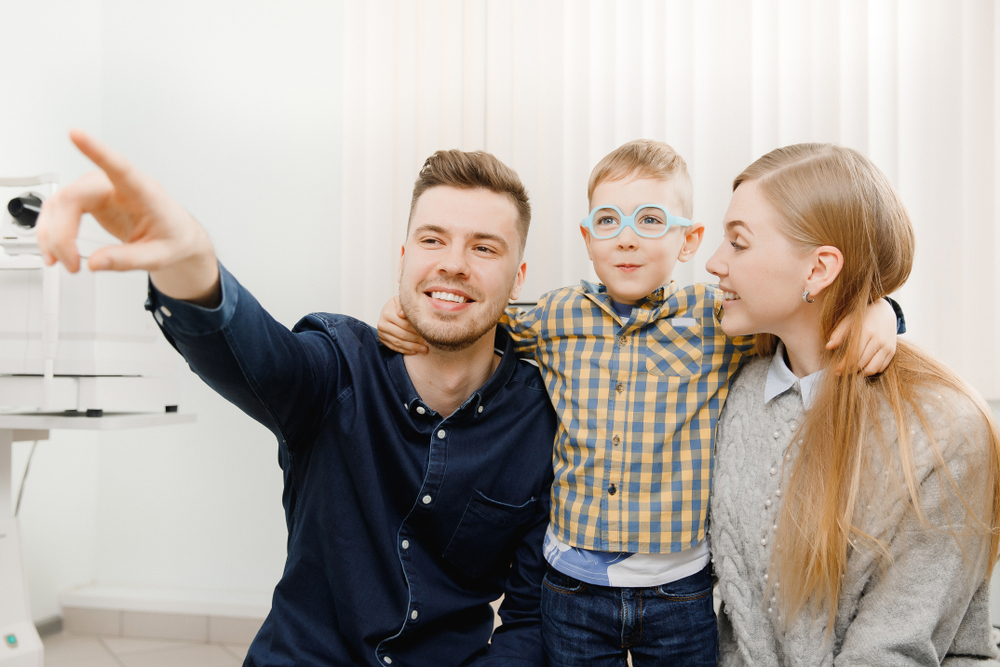
Myopia, commonly known as nearsightedness, is becoming increasingly prevalent among children worldwide. As a condition that causes distant objects to appear blurry while close objects remain clear, myopia can significantly impact a child’s ability to learn, participate in activities, and enjoy daily life. Recognizing the signs early is crucial for effective management.
What Is Myopia?
Myopia occurs when the eyeball grows too long or the cornea is too curved, causing light to focus in front of the retina instead of directly on it. This results in blurred distance vision. While myopia often develops during childhood and progresses until the early 20s, early intervention can help slow its progression and reduce its long-term impact.
The Impact of Myopia on Vision and Learning
Vision plays a crucial role in a child’s development and education. Children with myopia may struggle to see the whiteboard in class, participate in sports, or enjoy outdoor activities. This can lead to frustration, decreased academic performance, and lower self-esteem. Additionally, untreated myopia increases the risk of serious eye health issues later in life, such as retinal detachment or glaucoma.
Recognizing the Signs and Symptoms of Myopia in Children
Parents and caregivers should watch for the following signs that may indicate myopia:
Squinting: Children may squint to see distant objects more clearly.
Sitting too close to screens or books: A preference for sitting close to the TV or holding books too near their face is a common indicator.
Frequent eye rubbing or blinking: This may indicate eye strain caused by blurred vision.
Difficulty seeing the board at school: Complaints about not being able to see the board clearly are a red flag.
Complaints of headaches or eye fatigue: Straining to see distant objects can cause discomfort.
The Importance of Regular Eye Exams
Many children don’t realize their vision is impaired, as they assume everyone sees the world as they do. That’s why regular eye exams are essential. At Vision Source Magnolia, we recommend annual comprehensive eye exams for children, even if they don’t display symptoms. Early detection allows for timely intervention to preserve vision and support a child’s learning and development.
The Role of Myopia Management
While myopia cannot be cured, its progression can often be slowed through specialized treatments. Myopia management options include:
Atropine eye drops: These drops are used to slow the growth of the eyeball.
Orthokeratology (Ortho-K): Specially designed contact lenses worn overnight reshape the cornea, improving vision and slowing progression.
Multifocal contact lenses or glasses: These lenses help focus light on the retina, reducing eye strain and myopia progression.
Lifestyle changes: Encouraging outdoor play and limiting screen time can reduce risk factors for worsening myopia.
Take Control of Your Child’s Vision Today
At Vision Source Magnolia, we understand how vital clear vision is for your child’s future. Our doctors are dedicated to providing thorough eye exams, early detection, and personalized myopia management plans tailored to each child’s needs.
Don’t wait for blurry vision to impact your child’s learning and confidence. Schedule a comprehensive eye exam with Vision Source Magnolia to detect and manage myopia early. Visit our office in Magnolia, Texas, or call (346) 586-2020 to book an appointment today.




